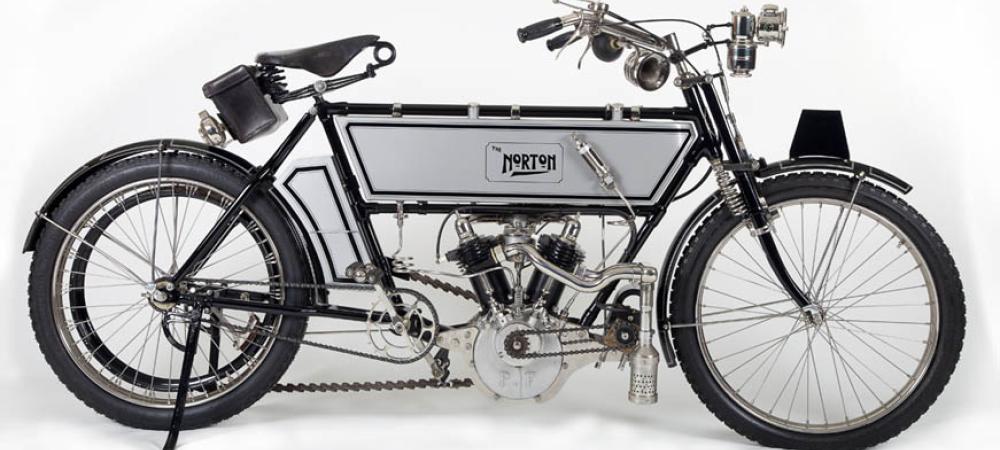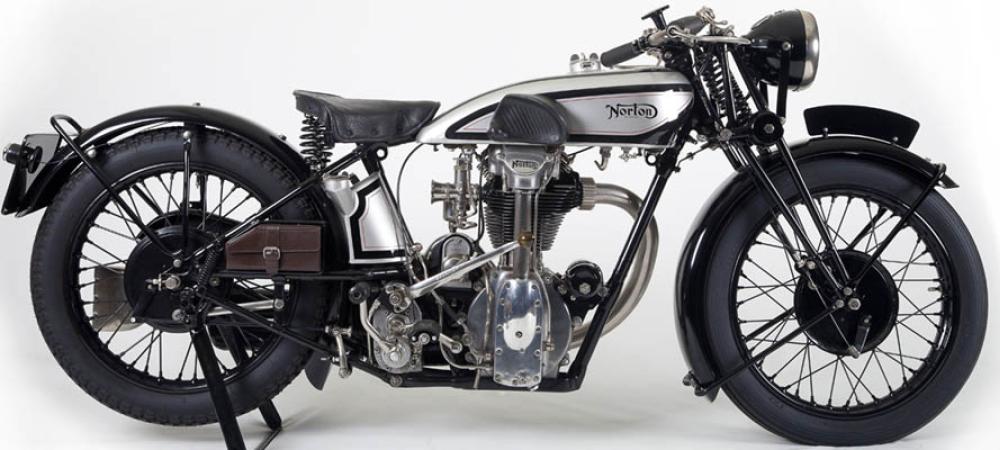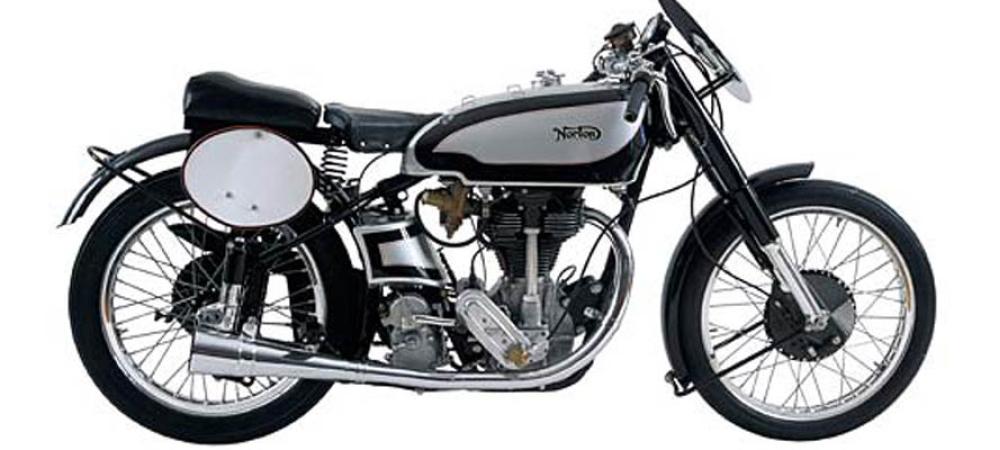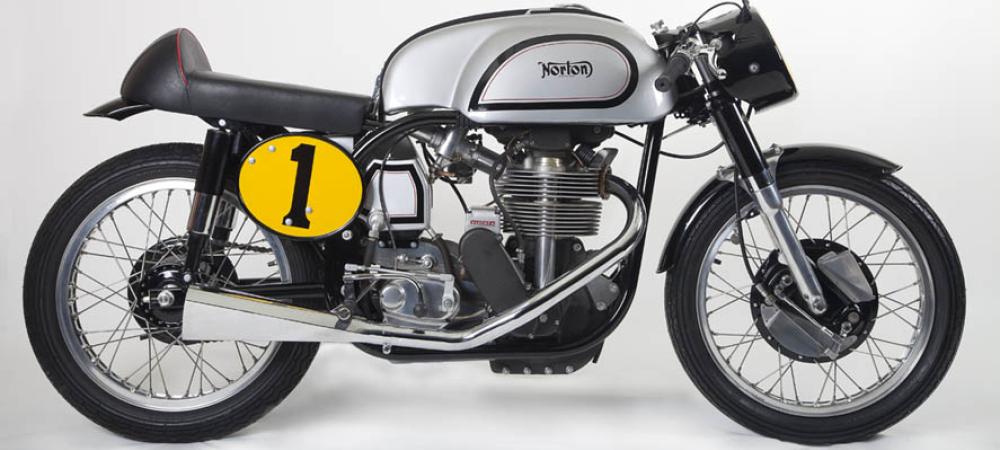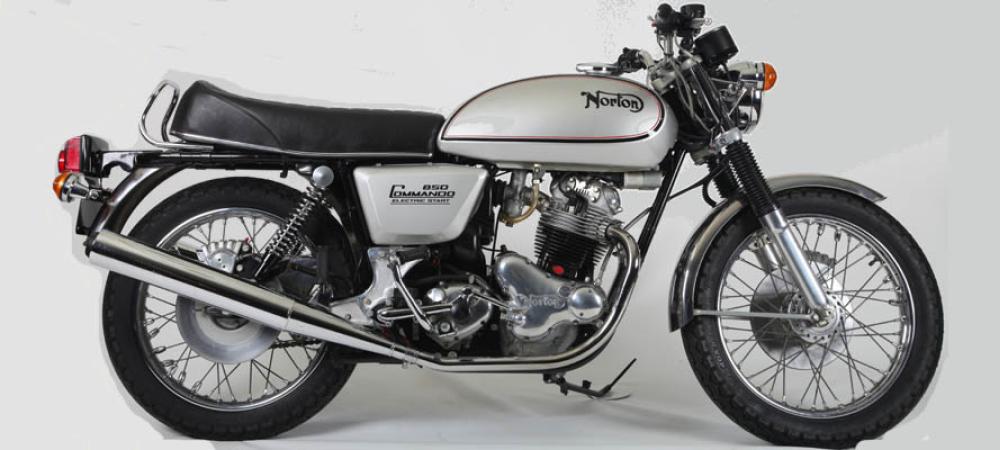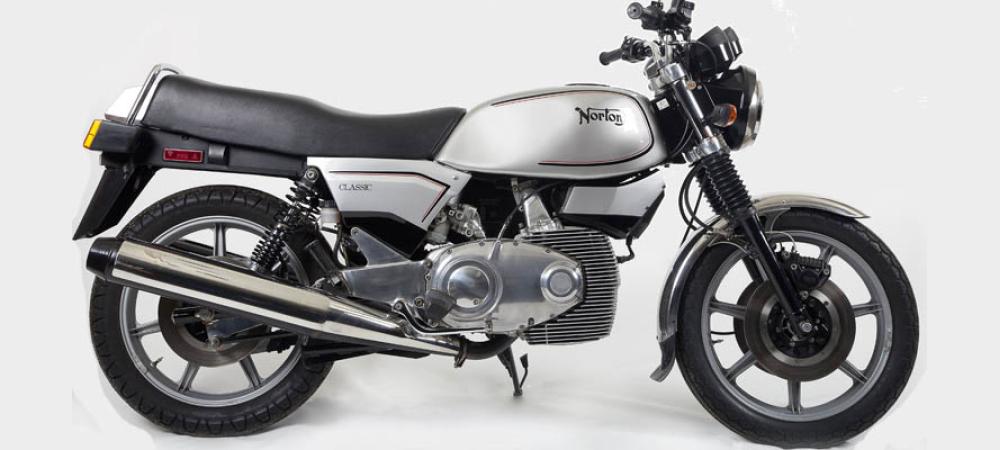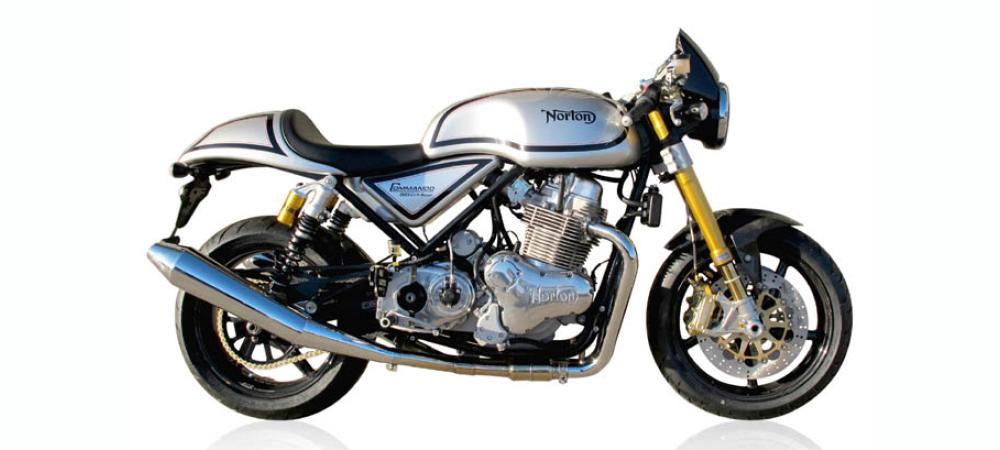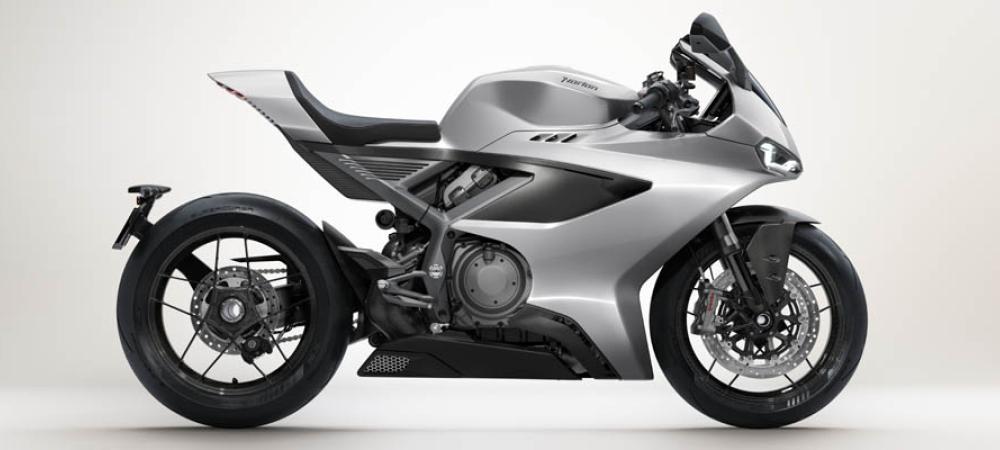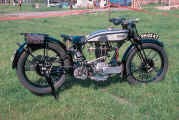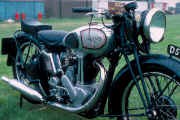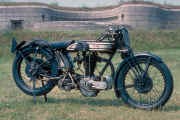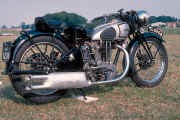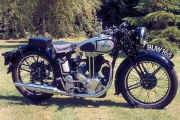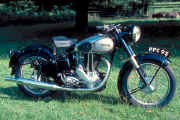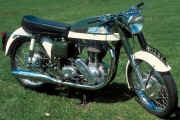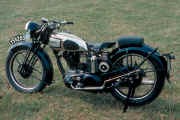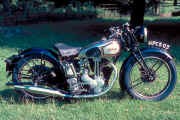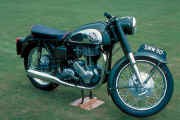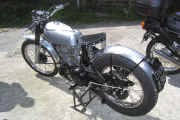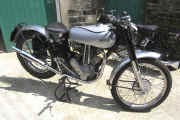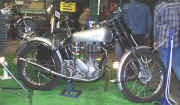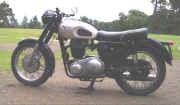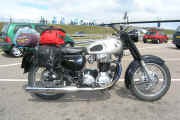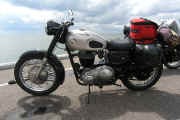|
After 20 years of producing only side valve machines, Norton bowed to the then current fashion and in 1922 introduced its first OHV engine. It used the already well established 79mm x 100mm bore and stroke and the design was overseen by J.L. Norton himself.
As was the custom of the day, pre-production testing was carried out at Brooklands and the machine was thereafter immediately pressed into TT service as racing successes were considered the best form of advertising. So although it made its debut in the Isle of Man that year, success was not forthcoming until 1924 when Alec Bennett won the Senior TT.
The Model 18 appeared in the catalogue for 1923 and quickly gained a reputation for performance and reliability (relative of course to its era) and was to gain Norton the prestigious Maudes trophy for several years running with various long distance feats held under ACU observation. With its high, spindly frame, girder forks and tiny brakes of doubtful efficiency it must have taken a hardy soul to ride from Lands End to John O'Groats and back, with a dozen ascents of the famous Porlock Hill en route! The machine originally had sporting pretensions, but after the advent of the OHC engine the Model 18 slid comfortably into the touring role it was to bear for the rest of its days.
Early examples had the magneto in front of the engine, a bit vulnerable in wet weather, necessitating a splashguard to keep the water out. In late 1925, a four speed gearbox made by CAV was fitted; this had a cross over drive so that the rear chain was on the right hand side of the machine, greatly improving accessibility if a sidecar were fitted.
Joined by the better specified ES2, albeit with the same engine from 1928, the Model 18 soldiered on, collecting modifications along the way, particularly in the '30s when it gained a saddle tank, an inboard magneto, a proper gear oil pump and in common with other models, the exhaust on the right hand side. A number of Nortons in 1933 however still had left hand side exhausts.
In 1954 it was deleted along with the side valve machines with which it shared many cycle parts.
|

